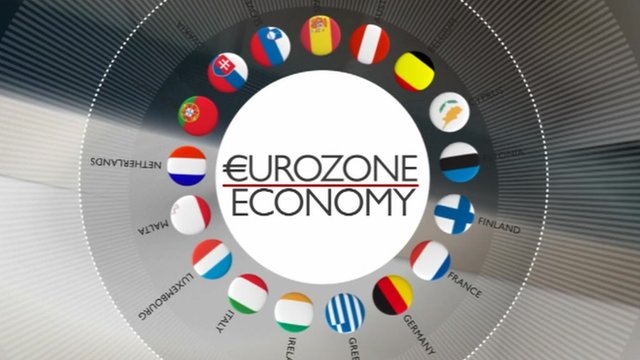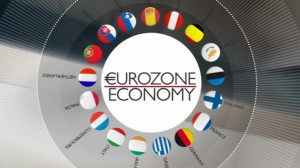The Euro zone, an economic and monetary union (EMU), is the first of its kind, mainly because of its scale. For the very first time, countries with considerably diverse economic and cultural backgrounds, have attempted to adopt a common currency and monetary policy. The Euro zone consists of 19 countries within the European Union, which in itself is a confederation of 28 nations primarily from Europe, forming an economic union. The countries of the Euro zone use a common currency called the Euro and share a common independent monetary policy which is presided over by the European Central Bank.
The advantages of forming an EMU and the euro are many:
- The framework under which the euro was introduced and operates makes it a more stable currency and ensures price stability with low inflation and low interest rates.
- Risks of exchange rate volatility are eliminated for countries within the Euro zone which allows high level of predictability of relative prices and facilitates price transparency.
- Currency exchange costs are dispensed with, international trade is smoother and the Euro zone has a more powerful voice in the world, thus oiling the wheels of the European economy.
- The size and strength of the euro zone also protects it from external economic shocks, such as unexpected oil price rises or turbulence in the currency markets.
- Achievement of more integrated financial markets and a tangible sign of European identity.
- The long term benefits of a single market are also enjoyed. Free movement of factors of production ensures their optimum allocation and increases productivity and hence profitability. The often quoted advantages of competition are also seen in the form of cheaper and a wide variety of products for consumers, innovation in products and production and abolition of monopolistic practices.
- There is a bigger market for producers (who also enjoy economies of scale) and for their goods and services.
- Travelling within the Euro zone is also cheaper and easier.
Thus these characteristics of the euro area are akin to those of a country with the states in the country representing the individual member nations of the euro area and the country representing the euro area itself. The only difference is that there is no common fiscal policy binding the countries of the euro area and the sovereignty of the individual governments is not compromised.
Click here for government certification in Accounting, Banking & Finance





1 Comment. Leave new
Nice